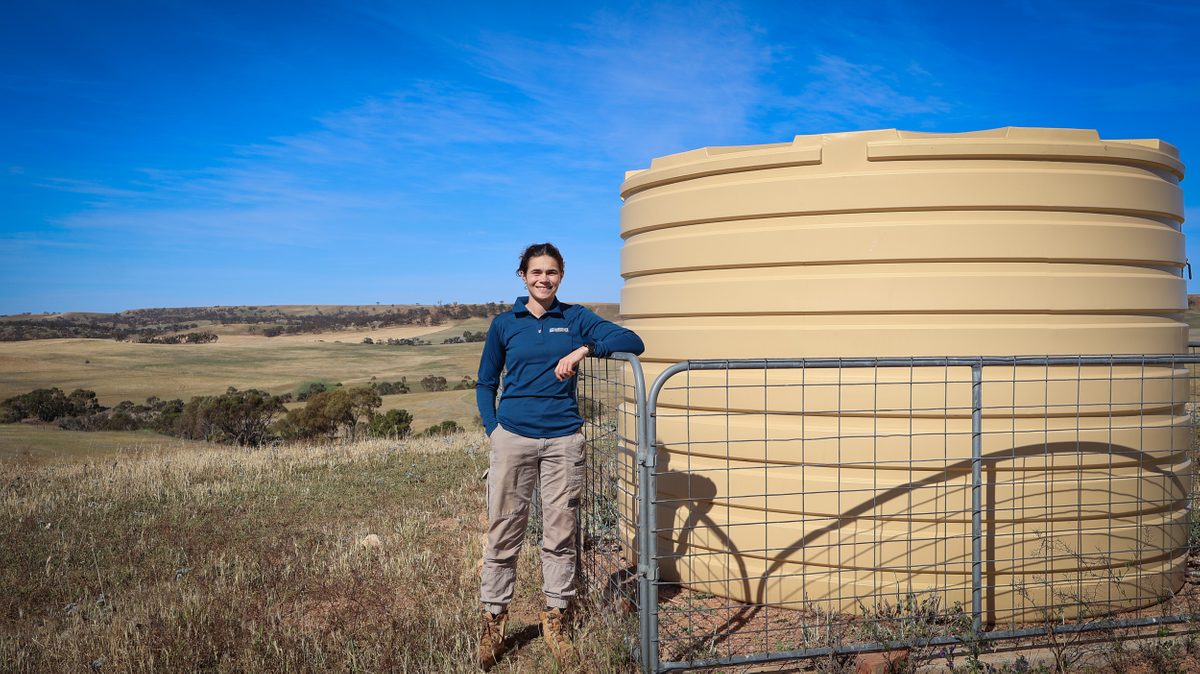Rewilding Yorke Peninsula
The Northern and Yorke Natural Resource Management Board are currently scoping the potential of an innovative approach to land management on southern Yorke Peninsula. Known as “rewilding”, the project aims to reintroduce locally extinct native species to restart many of natural processes that are missing on the peninsula. Northern and Yorke Landscape Program Coordinator Andy Sharp said that the Rewilding Yorke Peninsula project envisages the development of triple-bottom-line outcomes, across a variety of sectors.
The Northern and Yorke Natural Resource Management Board are currently scoping the potential of an innovative approach to land management on southern Yorke Peninsula.
Known as “rewilding”, the project aims to reintroduce locally extinct native species to restart many of natural processes that are missing on the peninsula.
Northern and Yorke Landscape Program Coordinator Andy Sharp said that the Rewilding Yorke Peninsula project envisages the development of triple-bottom-line outcomes, across a variety of sectors.
“One of the primary goals of the project is to deliver tangible outcomes for local agriculture, through the reintroduction of native predators to reduce the impacts of mouse plagues on crops,” Mr Sharp said.
“The project would deliver significant benefits to the local economy, through the establishment of Australia’s largest open-range wildlife sanctuary (250,000 ha), providing a focal point for international tourism.”
The development of a wildlife sanctuary across southern Yorke Peninsula, provides the opportunity to reintroduce a large number of threatened species, ensuring their conservation for future generations of Australians.
The initial candidate species for the Rewilding Yorke Peninsula project include the Western Quoll, Brush-tailed Bettong, Red-tailed Phascogale, and Barn Owl.
Mr Sharp said the project would build upon the Northern and Yorke NRM Board’s current Baiting for Biodiversity program and incorporates the construction of a strategic fence across southern Yorke Peninsula, to ensure fox and feral cat numbers remain low.
“The feral-proof fence would be constructed along existing fence lines, with gaps left where it crosses roads,” Mr Sharp said.
“The intent of the fence is to shepherd the foxes and cats to areas of targeted control, and limit their migration down the peninsula.”
Should sufficient public support exist for the project, the finer details would be refined and funding sought to implement the project.
The Rewilding Yorke Peninsula project is being developed by a consortium of organisations, including; Zoos SA, FAUNA Research Alliance, Greening Australia, Trees for Life, Conservation Volunteers Australia, Nature Conservation Society of SA, Ag Excellence Alliance, Regional Development Australia, Legatus, Yorke Peninsula Council, and Yorke Peninsula Tourism Board.
Dr Andy Sharp will be presenting an outline of the Rewilding Yorke Peninsula project at the upcoming annual general meeting of the Southern Yorke Peninsula Landcare Group on 5 July at the Minlaton Football Club at 7.30pm. Interested members of the community are encouraged to attend and provide input.
For more information, phone the Clare Natural Resources Centre on 8841 3444 or email Andy.Sharp@sa.gov.au.


